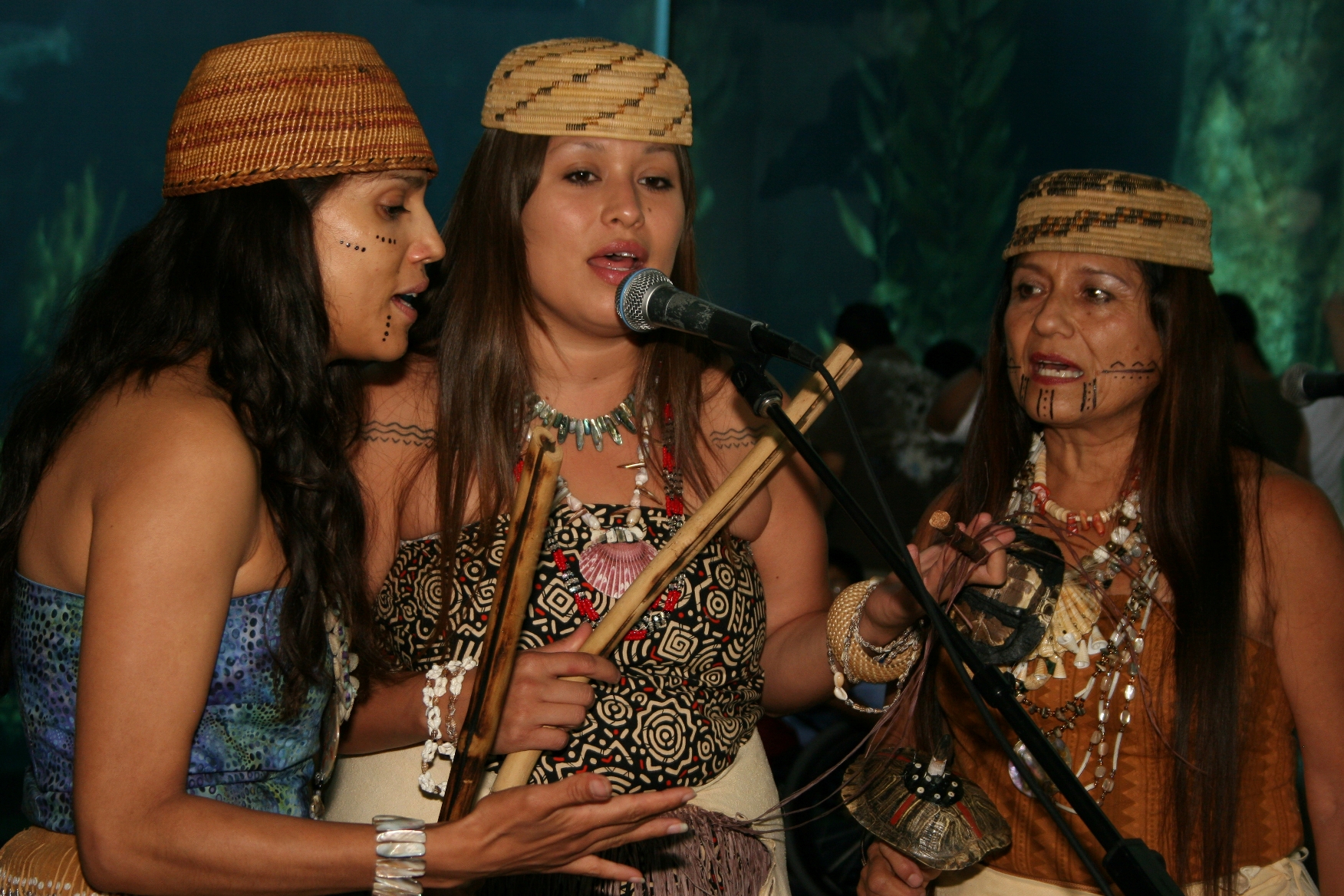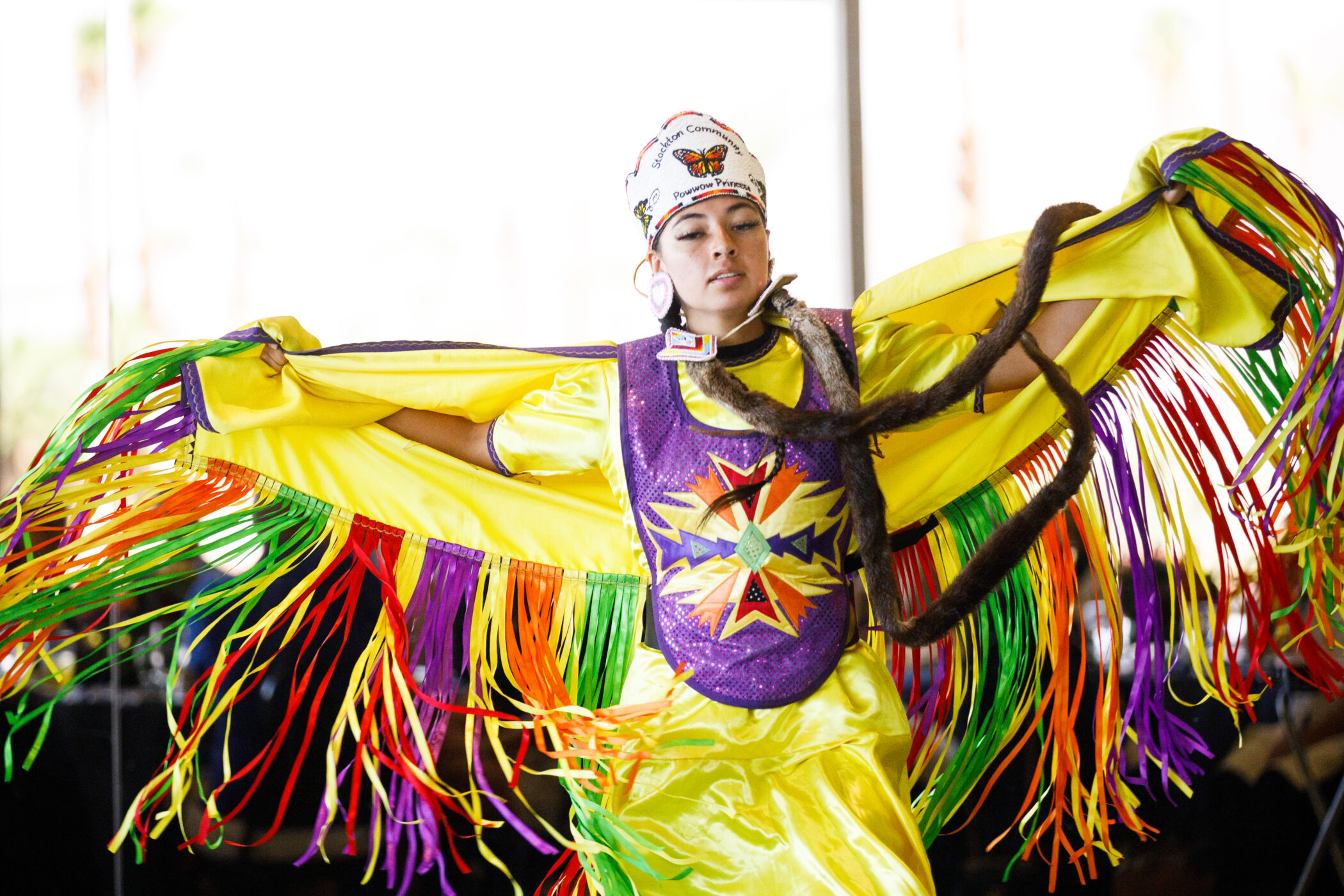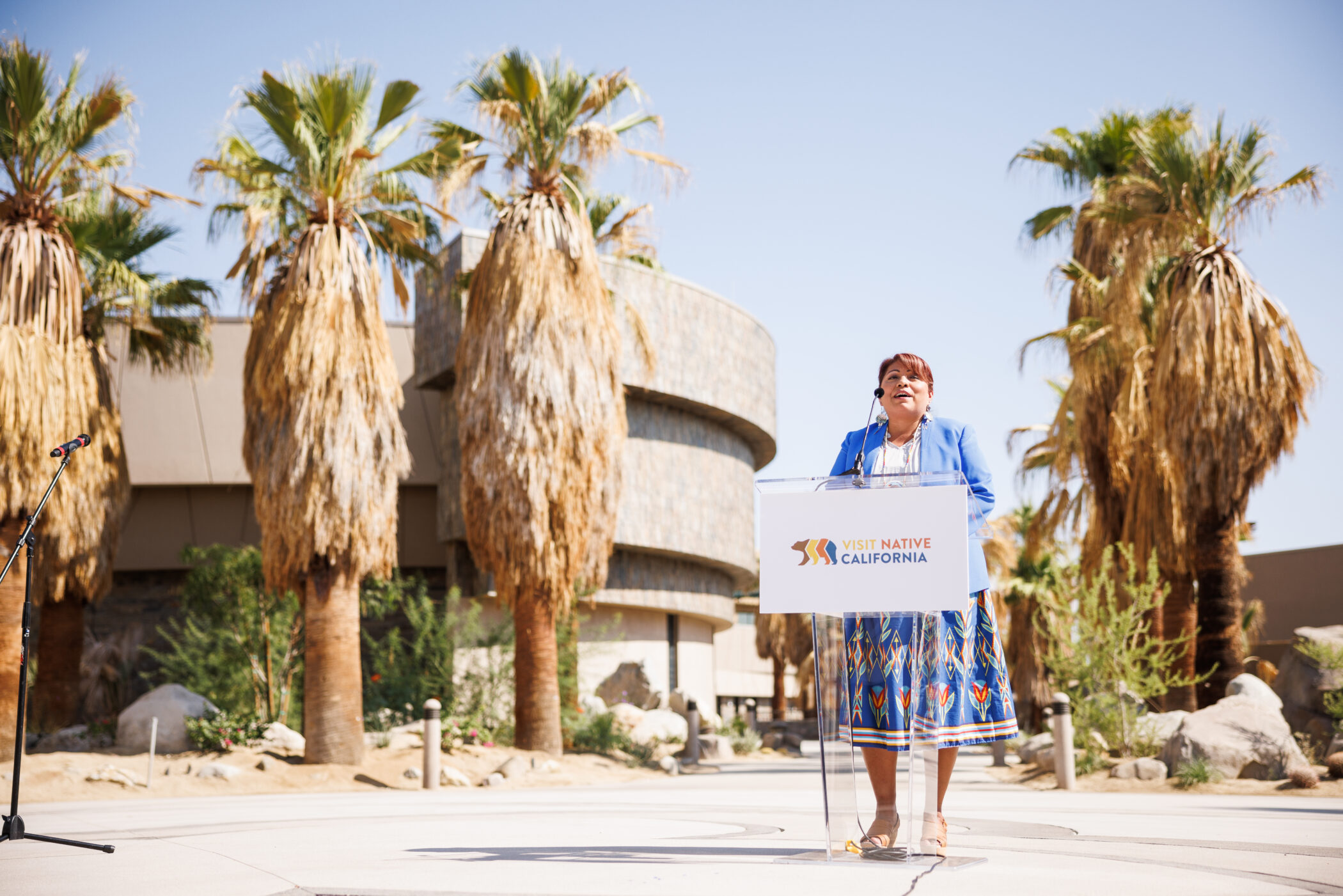Visit California has launched an online platform sharing tourism experiences related to the culture and heritage of Native American tribes. Rose Dykins reports
Visit California has launched online platform, Visit Native California, an initiative to showcase California’s vibrant Native communities and cultural tourism experiences.
California is home to more than 100 federally recognised tribes, who first inhabited the state more than 15,000 years ago, and Native culture is woven into the fabric of the state’s identity today.
Housed on the Visit California website, Visit Native California was developed in partnership with state officials and tribal leaders. The site will be a source of information on cultural tourism experiences visitors can find across the state that are connected with these tribes and their heritage
“Visit California is honoured to create a platform that showcases the rich cultural heritage of the Native Americans who have called this place home for thousands of years,” said Visit California president and CEO Caroline Beteta. “We’re committed to partnering with California’s tribes and creating spaces to uplift and honour their voices, communities and cultures.”
The site is funded by a federal grant awarded as part of the American Rescue Plan Act to help the communities hardest hit by the pandemic. The grant ringfences US$1 million to increase awareness of the state’s cultural heritage tourism experiences and increase their visitor numbers.
The Visit Native California platform shares stories that celebrate the spirit and diversity of California’s people and promote tourism experiences centred around tribes’ cultural heritage. Native storytellers will also share their expertise to expand the California Responsible Travel Code’s emphasis on preserving the state’s cultural heritage and natural resources.


One way travellers can learn more about California’s Native American history is by visiting the new Agua Caliente Cultural Plaza in Palm Springs. Palm Springs is home to the Agua Caliente Band of Cahuilla Indians, who are the original inhabitants of the area. Visitors can explore their history at the tribe’s sacred reservations at Tahquitz and Indian Canyons.
The new cultural plaza comprises a gathering plaza, gardens, a trail and The Spa at Séc-he, which will restore access to the underground ancient healing mineral waters, (estimated to be more than 12,000 years old). There is also a cultural museum that provides a gateway to the tribe’s past, present and future, with five different exhibit areas dedicated to telling their history from the native flora and fauna of the Indian Canyons to ancient artefacts.

San Diego county has more than 32,000 archaeological sites, and the collection of artefacts at San Diego Archaeology Centre allows visitors to learn how people have lived in the county for the past 12,000 years.
Meanwhile, the Barona Cultural Centre and Museum, located on a Native American reservation, offers an educational journey with listening alcoves, photography displays, archives and more than 300 artefacts, and Cupa Cultural Centre is dedicated to the Pala Indians and enhancing traditional cultural practices.
Travellers can also explore Native American culture’s close connection with nature at California’s incredible parks, gardens and hiking trails.
In honour of the Tongva, “people of the earth” who are Native habitants of Santa Monica, Tongva Park is a six-acre urban oasis adjacent to the beach. The park features native and sustainable plantlife that changes subtly with the seasons – while Santa Monica History Museum artefacts and information for learning more about the Tongva people.
Meanwhile, Hospital Rock in Sequoia National Park is home to some of the finest examples of Native American pictographs, and the largest Native American village within current park boundaries once thrived here.
In Siskiyou in northern California, the Lava Beds National Monument is home to more than 700 caves with Native American rock art sites. The rocks are carved petroglyphs and painted pictographs located in the traditional territory of the Modoc people and their ancestors. Stewart Mineral Springs also offers a unique environment of sacred mineral waters and workshops where the Karuk Tribe has respected these springs for generations.

In Del Norte County, which is rich with Native American culture, visitors can experience the Yurok tribe’s annual Klamath Salmon Festival or Tolowa Dee-ni’ Day They can hike the Grove of Titans to view the tallest coastal redwood trees on earth, which are sacred to the Tolowa. They also can tour the Yurok Country Visitor Centre or book a Redwood Yurok Canoe Tour to paddle in an authentic hand-carved dugout canoe.
Travellers can also opt to stay in Californian hotels with connections to Native American culture. Surrounded by sprawling hills Ojai Valley Inn honours the Chumash Indians who settled in Ojai more than 10,000 years ago with experiences that immerse guests in Chumash heritage. Spa Ojai offers a Kuyam experience (“a place to rest together”) which is a therapeutic, detoxifying massage coupled with a traditional meditative Chumash narrative.
Meanwhile, in Temecula Valley, Pechanga Resort Casino is owned and operated by the Pechanga Band of Luiseño Indians, who created the luxury resort. The property’s lobby has historical and cultural art installations, while its Spa Pechanga – one of the only Native American-inspired spas in California – offers treatments derived from the healing botanicals used by Native people.
